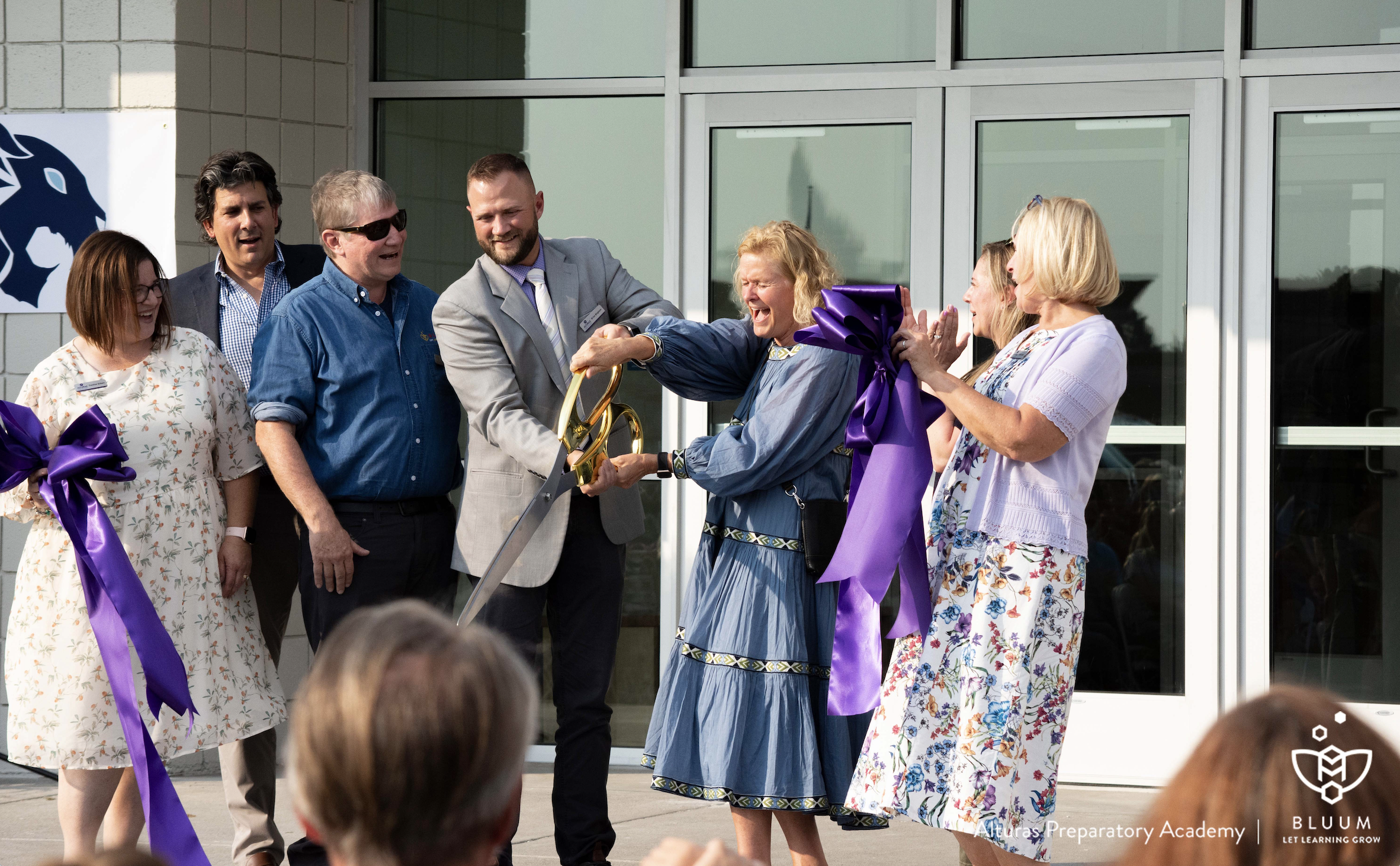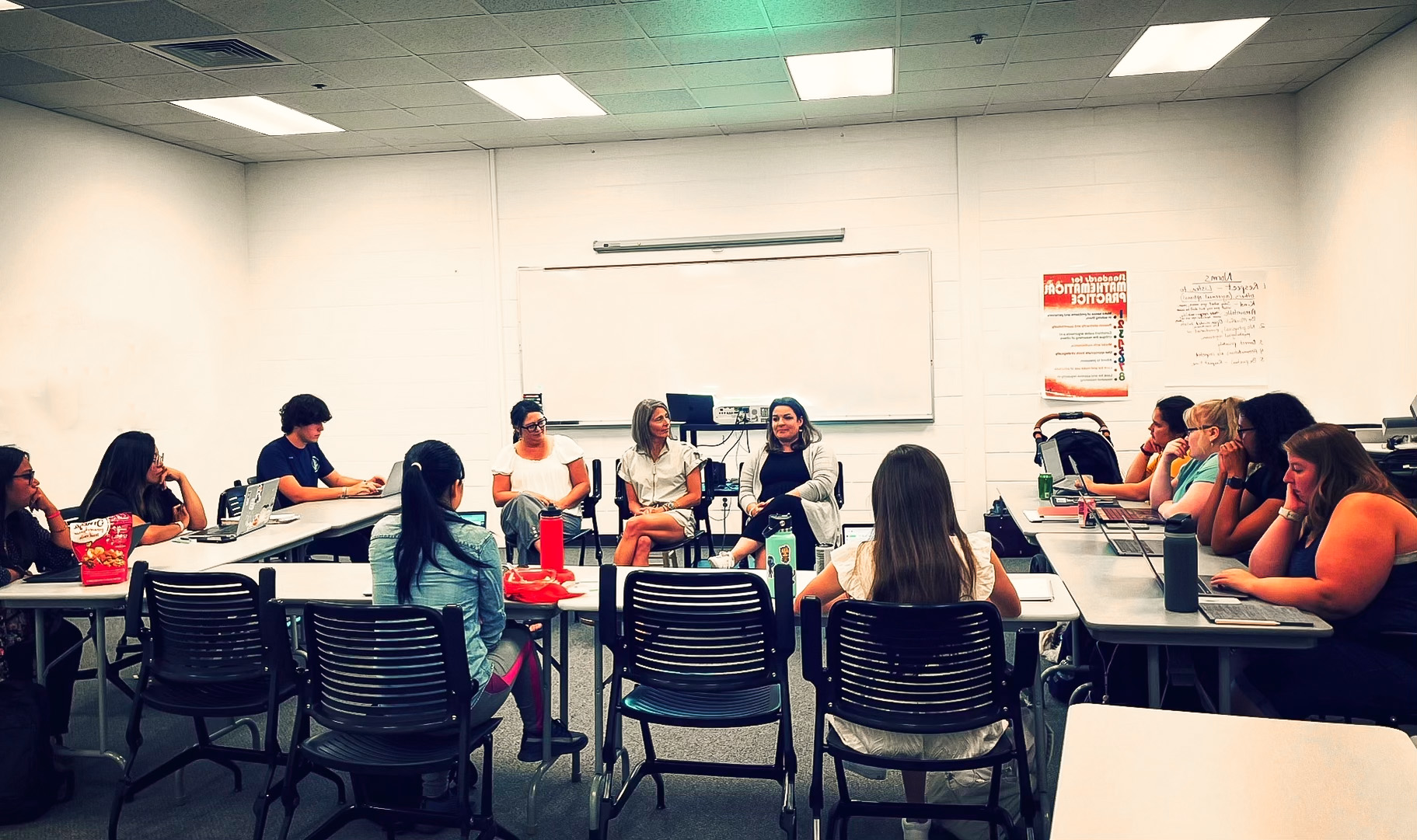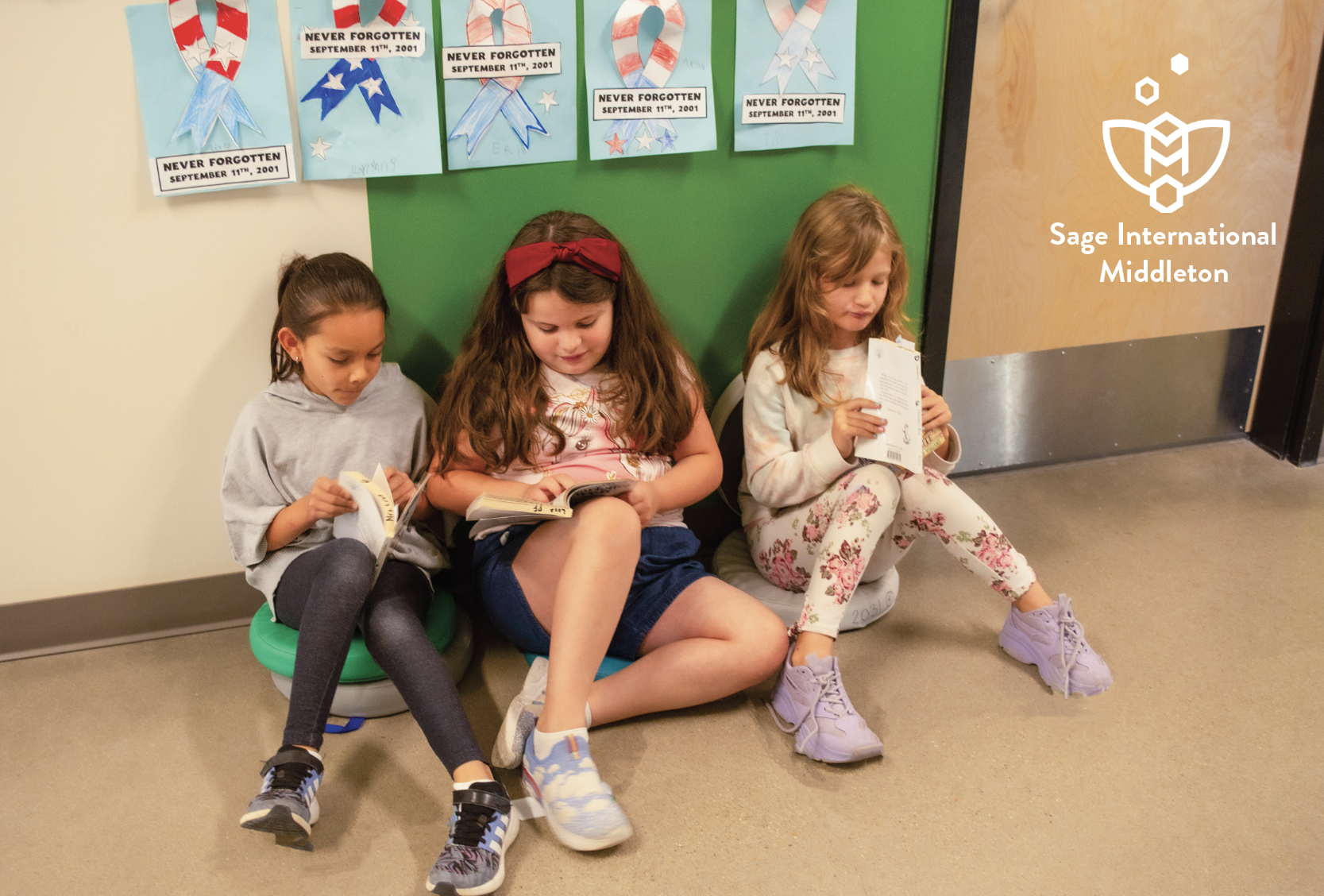
Idaho’s Charters Are Preparing Students for College and Career, Even During Distance Learning
Educators across the country are trying to figure out what the new normal will be, but for Addie and Luke, students at Sage International School of Boise, top of mind for next year is not how they will be learning, but the academic rigor of their senior year.
Sage is a K-12 public charter school. Charter schools educate roughly 8% of the Idaho’s K-12 students — up from roughly 4% in 2008, and recent data shows that nearly 11,000 students in Idaho are also waiting for a spot in the public charter school of their choice.
Sage is also an International Baccalaureate (IB) school. Their goal is to “create passionate world citizens that engage locally and globally.” When students reach 11th grade at Sage, they can choose between two programs – the Career Programme (CP), a newer offering in the world of IB, and the Diploma Programme (DP) which was the first-ever IB offering, and has been recognized worldwide since its inception in 1978.

As incoming seniors, next year Addie and Luke will be entering their final year of the Diploma Programme, which features a community service project component, and gives students opportunities to earn college credits. Though the DP is different in philosophy and goals, it’s similar to AP classes in that students who have earned their IB Diploma can graduate high school having earned enough college course credits to begin college with sophomore status.
These are important advantages to helping lower-income students, who can save money,on tuition because of the college credits they’ve earned in high school.
At Sage, 76% of their students attend college immediately after graduation. Across Idaho, less than half (44.8%) of the state’s graduates go on to college, but 65% of Sage students have already earned college credits by the time they receive their high school diploma.
The economic benefits of attaining a college degree are significant. The Thomas B. Fordham Institute recently released a new study demonstrating how the economic crisis of COVID-19 is more deeply impacting those whose education stopped at high school.
In Idaho, according to research published in partnership between Bluum and Fordham earlier this year, when Idahoans get a bachelor’s degree, they are likely to earn, on average, $32,000 a year more than those with just a high school diploma. This disparity is even greater for residents of the Boise metro area where workers holding just a high school diploma earn $37,780 less per year on average than college graduates.
The Fordham national study also highlights the value of 2-year degrees and technical certificates, which can hold just as much earning potential and job security as a 4-year degree, depending on geography.
And according to the National Bureau of Economic Research, enrollment in public four-year institutions can increase a students income by 20% by the time they are 30 years old.

This makes the work that educators at Sage, and all over Idaho, are doing to prepare students to tackle college and career, even during the transition into distance learning, even more critical.
And the move to distance learning has meant that Sage students are learning other skills that are helping them prepare for college, career, and life. All the back and forth with their teachers on email has introduced students like Luke and Addie to the real-world competencies of time and project management, which will serve them well when they reach post-secondary education.
Addie, an aspiring electrical engineer, whose current favorite subject is math, has found that without the structure of passing periods on campus, it has been easy to get in the zone and forget to take breaks.
Luke has had to bring learning outside the classroom as part of his film class. In addition to learning about the history of film and cinema, part of the class was getting behind the camera. Experimenting with his GoPro, and capturing drone footage of himself and friends mountain biking through Idaho’s landscapes yielded his short film, Potential.
For both Addie and Luke, the supportive teachers at Sage have been “hands down” the best part of their school. Their teachers have made a crucial difference in supporting the successful transition to distance learning.
Despite the shift in academic settings, and the unknown fate of in-person school in the fall, charter schools like Sage continue to find innovative ways to support students in achieving their academic and life goals and preparing them for post-secondary success.
—




